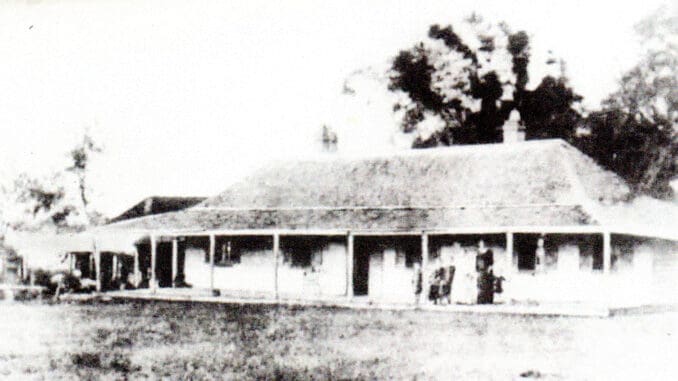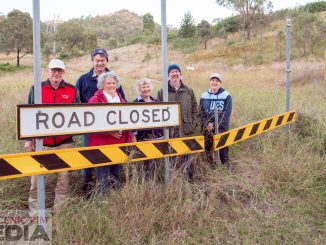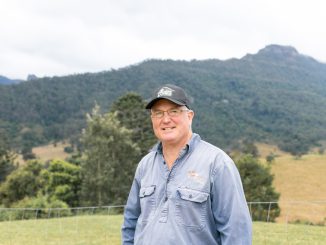
Edward (Ned) Hawkins, arrived on the Logan River in 1842.
He was travelling with stock belonging to his employer Henry Suttor of Bathurst. He took up an area of 50,000 acres running along the eastern side of the Logan, from near Cedar Grove and Cedar Vale to the Jinbroken range south east of Laravale.
Hawkins named the run Beau Desert or Beau Desir after a property adjoining that of Suttor’s at Bathurst. From 1863, the name appeared as one word, Beaudesert.
The town of Beaudesert came into existence at the meeting of the roads to the local station properties. As the town grew, so did the interest in the meaning of the word Beaudesert. Early research showed that the name went back to a Cistercian Monastery in Staffordshire, England. The Monastery became the property of Sir Henry Padget. A later Padget gave the name to the property at Bathurst.
Beaudesert historians Dr Doug Burns and Alan Struss, both researched the name during trips to the United Kingdom. Both men visited the three Beaudesert sites there, Staffordshire, Warwickshire and Beaudesert Park in the Cotswold.
Alan Struss, who referenced the works of Doug Burns in his writing gave the following definition: “The name Beaudesert is of Norman origin. It was the invasion of England in 1066, led by William the Conqueror, that brought many feudal lords from Normandy to England. The name has been variously spelt and pronounced, but its translation has been consistent…‘a beautiful wilderness or a beautiful place of solitude’.”
When Ned Hawkins gave the name to the run, was he aware of the translation, or was it just a name he liked.
Whatever the answer to the question in 1842 it would certainly have been a wilderness of great solitude.





